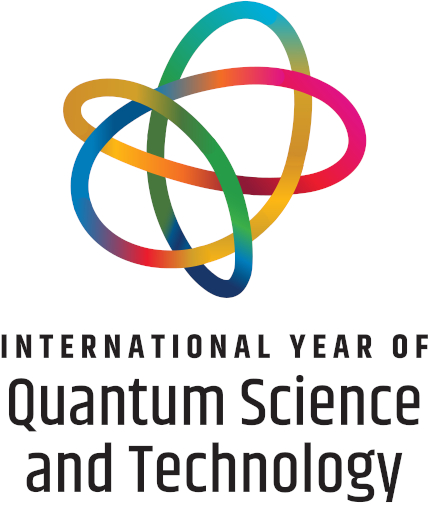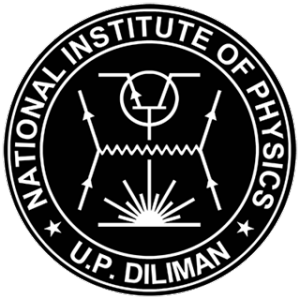Towards the development of APLF scintillators for neutron detection
Abstract
We studied lanthanide-doped 20Al(PO3)3-80LiF, or simply APLF, as scintillator for neutron detection. Lanthanide-doped APLFs had faster fluorescence decay times by about 10 ns compared to a standard scintillator, GS2. Nd-doped APLF exhibited the fastest decay time of 6.6 ns. The fluorescence of the Pr-doped and GS2 using different radiation sources were also compared. The Pr-doped APLF had faster decay time compared to GS2 regardless of the radioactive excitation source. We demonstrated the potential of the Pr-doped APLF as a scintillator by neutron diagnostics. Lanthanide- doped APLFs can be better alternatives to conventional scintillators. We envision further developments of lanthanide-doped APLF-based neutron
scintillators.
Downloads
Issue
Physics linkfest: Spanning science & technology
23-25 October 2013, University of San Carlos, Cebu City











